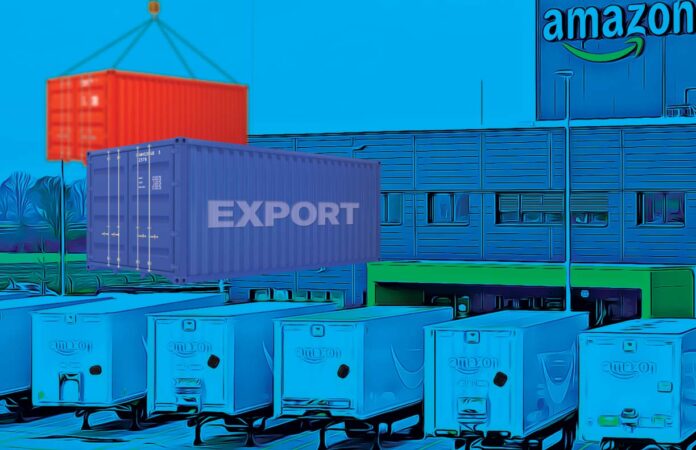When any news about Amazon and Pakistan breaks there are bated breaths and soaring hopes. Pakistan is nowhere close to having Amazon here warehousing and distributing products like it is in other parts of the world. Yet the $1.7 trillion company is so famous and it’s constant referencing in mass media has meant that the desire to see Amazon-like services in Pakistan is high, particularly because of the growing worries over fraudulent sellers on local platforms like Daraz.
So when the consumers found out that Amazon was not coming to Pakistan but had rather just added Pakistan to its list of authorized sellers, This does not mean that Amazon products are going to be available in Pakistan, but it does mean Pakistani producers can now sell their products on Amazon. This is a big deal, particularly because after decades of selling a range of products through Amazon using businesses registered outside Pakistan, manufacturers and brands from the world’s fifth-most populous country may finally be able to unlock their export potential through Amazon.
It’s worth noting that as of 17th May 2021, Amazon has not actually added Pakistan to its list of countries accepted for seller registration. The only visible change is that Pakistan and the PKR have been added to the list of countries and currencies supported by Amazon for disbursement.
Nonetheless, this article addresses whether the people behind Pakistan’s stagnant export trajectory have the will to use the platform that reportedly generates $70 billion a year in exports for China. The content in this publication is expensive to produce. But unlike other journalistic outfits, business publications have to cover the very organizations that directly give them advertisements. Hence, this large source of revenue, which is the lifeblood of other media houses, is severely compromised on account of Profit’s no-compromise policy when it comes to our reporting. No wonder, Profit has lost multiple ad deals, worth tens of millions of rupees, due to stories that held big businesses to account. Hence, for our work to continue unfettered, it must be supported by discerning readers who know the value of quality business journalism, not just for the economy but for the society as a whole.To read the full article, subscribe and support independent business journalism in Pakistan

























